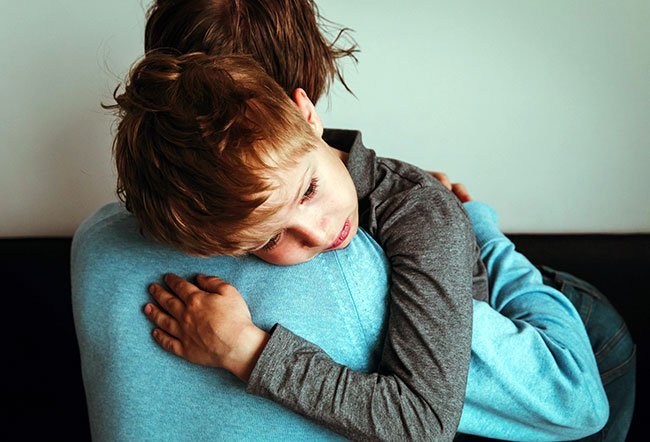What Are the Most Common Childhood Fears?

It’s normal for kids to be afraid at times. Fear is part of their emotional development and can help them learn caution and to ask for help when they face a scary situation.
As your child grows, their fears may change with them. And while some childhood fears are mild or short-lived, others may be so intense that they cause constant anxiety or interfere with daily life. Here are the most common childhood fears by age group.
Childhood fears: infant or a toddler years
When babies are young, they recognize the faces of their parents and siblings. That’s why new faces and voices can be scary. Other fears at this age may include:
Childhood fears: school years
At this age, children likely aren’t afraid of the dark. Instead, they may begin to fear more real-world dangers as they become more aware of their surroundings and the world around them. Common fears that occur at this age include:
How to help your child overcome their fears
As a parent, you can ease your child’s fears by providing them with reassurance, modeling healthy coping behaviors, and helping them take small steps to increase their exposure to things they are afraid of:
- Normalize and validate: Validate your child’s fear, provide reassurance, then suggest a solution.
- Provide them with coping skills: Teach children coping skills. For example, ask them to take a deep breath when they get scared. Provide them with a temporary distraction to get them through the moment.
- Be mindful of outside influences: Be mindful of how disturbing news stories or scary movies can affect your child.
- Address your own personal fears: Children often sense and imitate their parents’ stress and anxiety. Set a good example for your child in coping with your own fears.
- Increase exposure to the source of fear: Overcoming a fear involves confronting it, not avoiding it. Don’t force your child to do more than they are comfortable with, but don’t give your child a complete “out” either.
